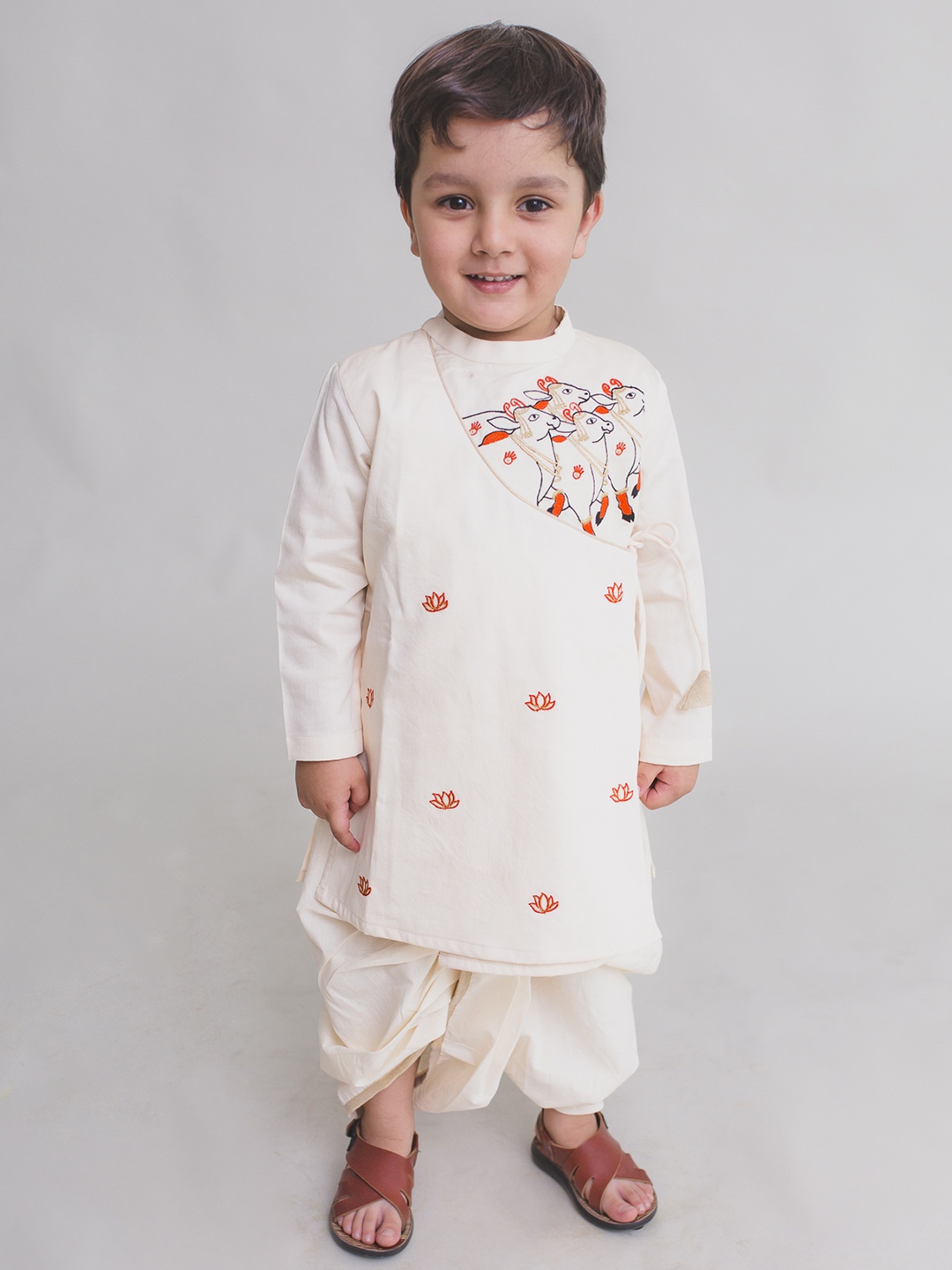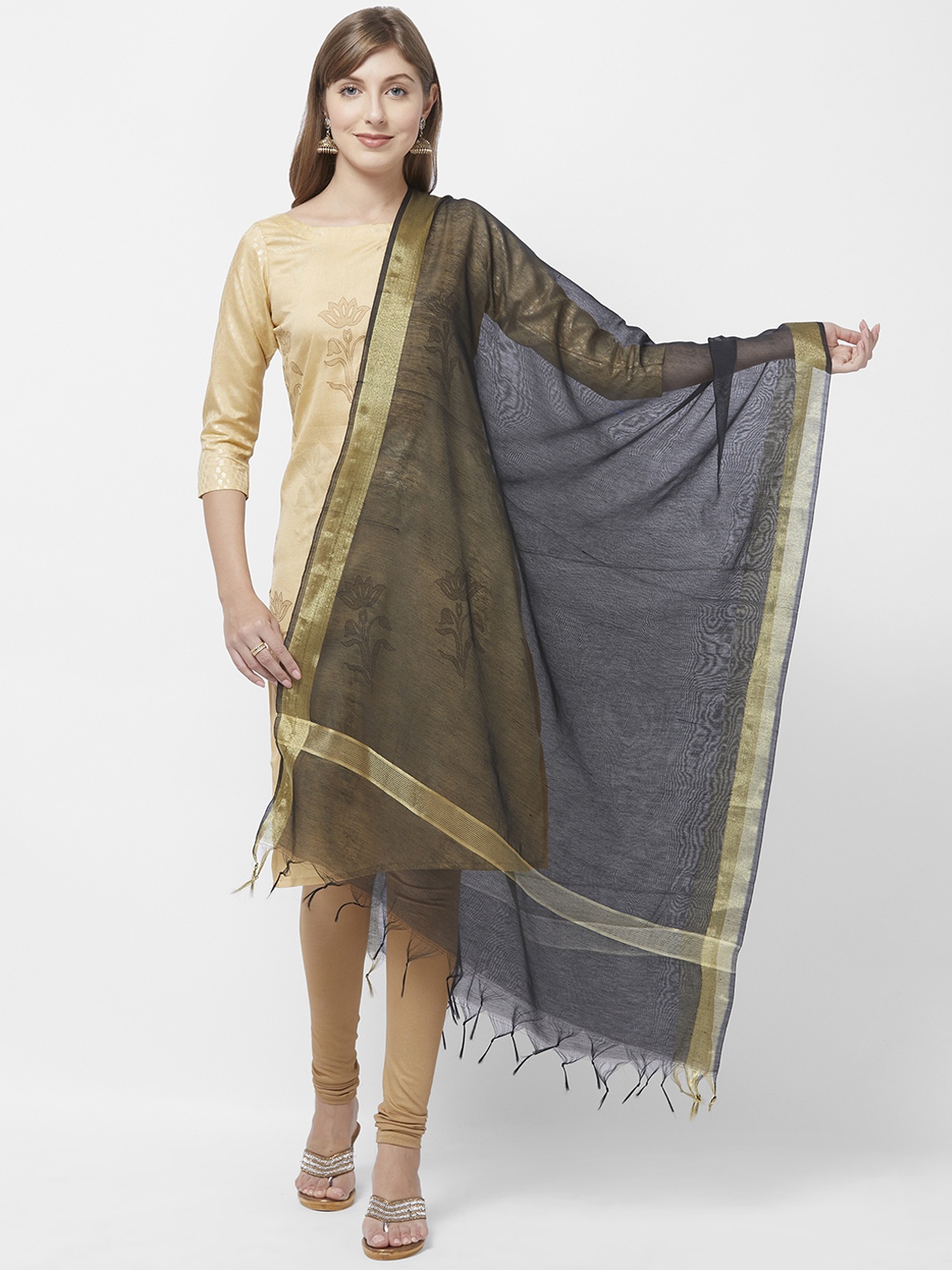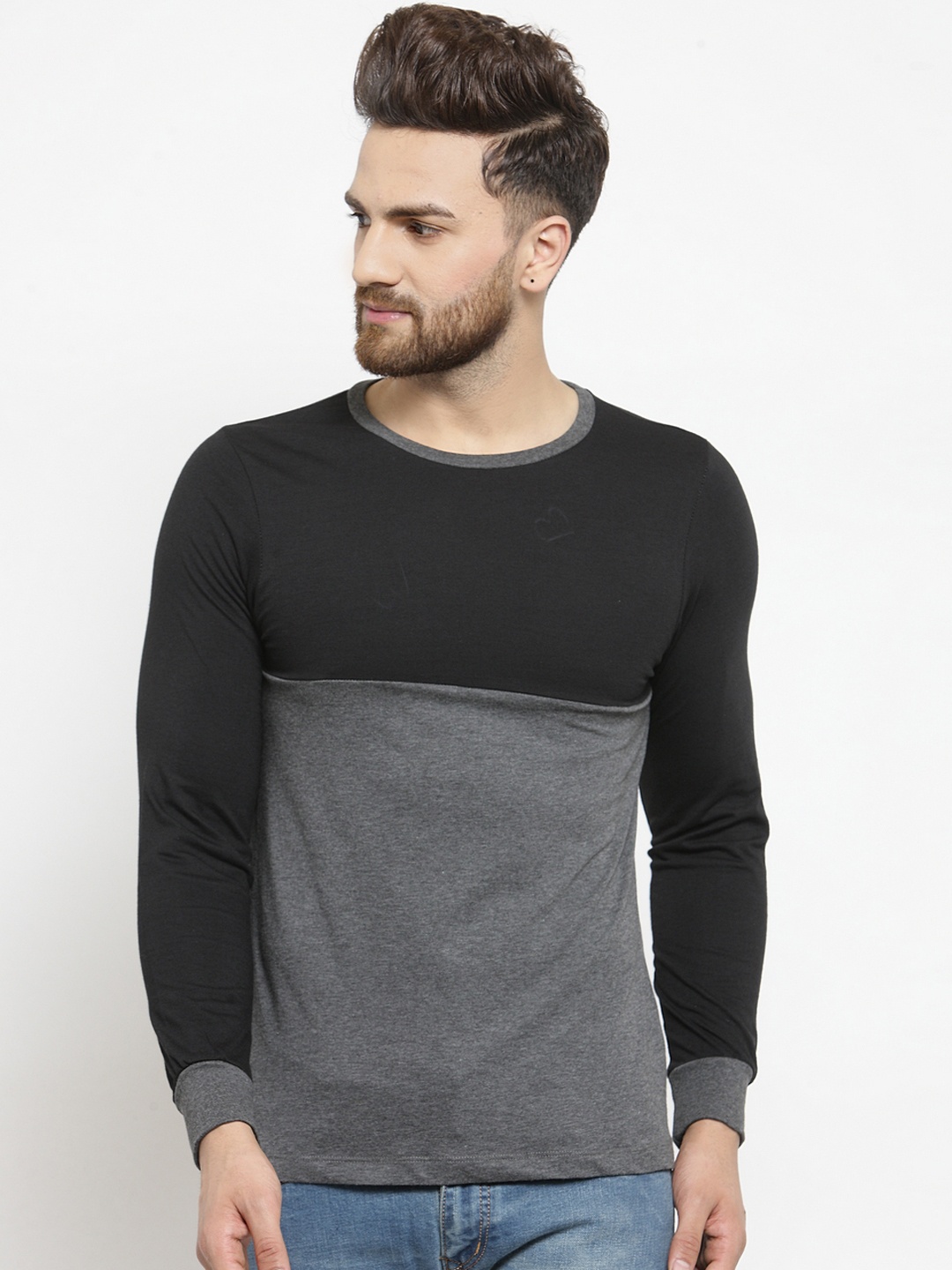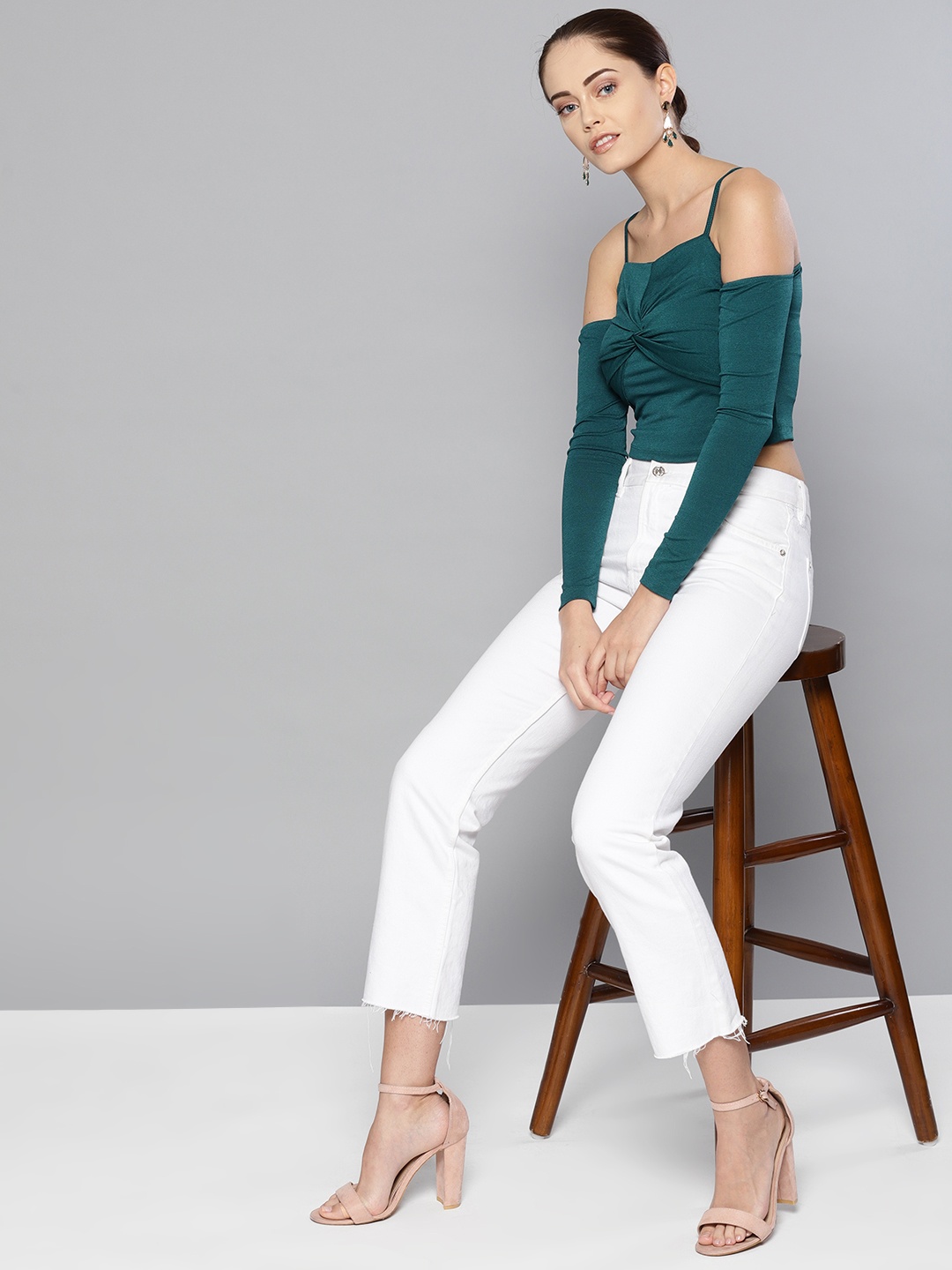How To Pick Dupattas That Do Not Slip Off During Weddings and Festive Celebrations: 10 Style Tips
Festive days bring a whirl of colours, laughter, and dancing, but also the eternal struggle of keeping that dupatta in place. This is how to choose and style dupattas that stay put, letting you enjoy the celebrations without constant adjustments.

Here Is How To Pick Dupattas That Do Not Slip Off During Festive Events.
There's something magical about the flutter of a dupatta. It adds grace, charm and a hint of nostalgia to every festive outfit. Yet, amidst all the sparkle and chaos, one thing can quickly test anyone's patience, a dupatta that refuses to stay where it belongs. You fix it once, twice, maybe a dozen times, and before long, you're ready to trade it for comfort over style.
The truth is, a dupatta's beauty isn't just in its design but also in how effortlessly it drapes. The trick lies not only in how you carry it but in choosing the right fabric, length, and style that suit your movements. Here is how to pick dupattas that do not slip off during weddings and festive celebrations and which give you a flawless style.
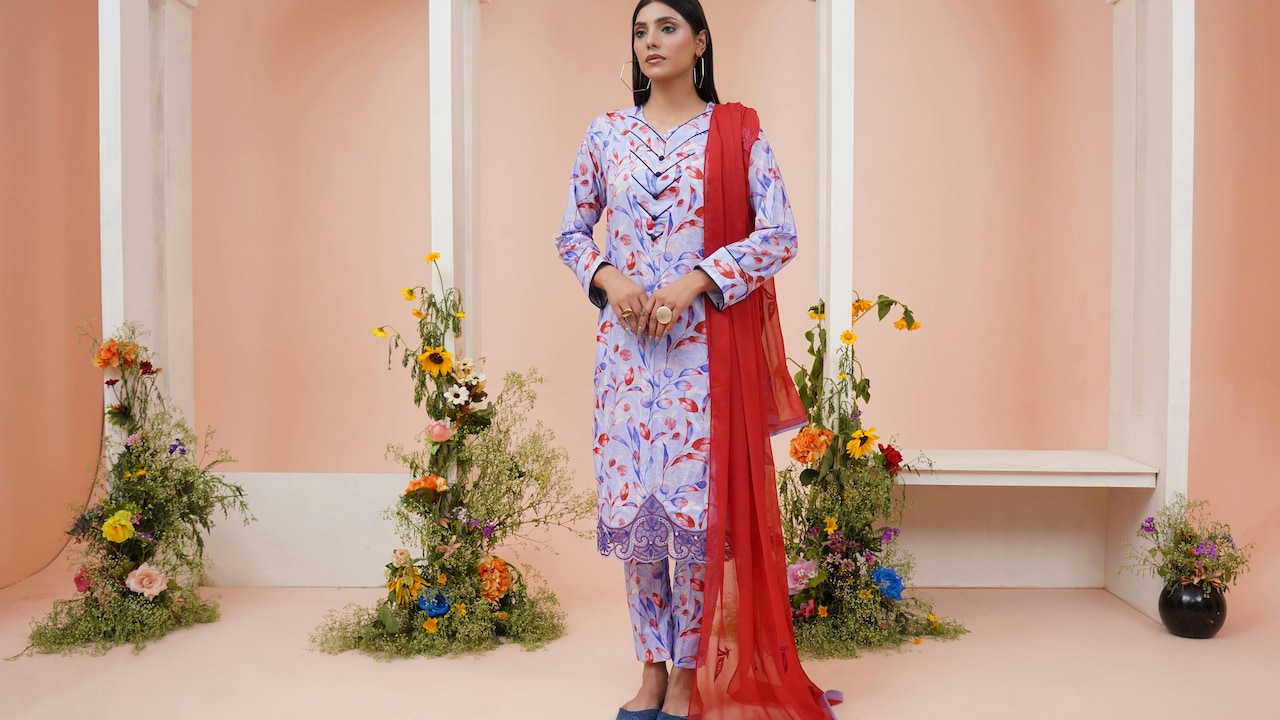
Here are some tried-and-true ways to pick dupattas that don't slip off every two minutes, so you can focus on what really matters, celebrating with joy and confidence; Photo Credit: Pexels
Smart Tricks To Stop Your Dupatta From Slipping
1. Understand Your Fabric Friendships
The secret to a well-behaved dupatta starts with fabric. Some materials are natural slip-magnets, while others offer a comforting grip. Chiffon and georgette may look divine but tend to glide right off silky kurtas. On the other hand, cotton, organza, or tussar silk dupattas hold their ground much better.
When attending long festive events, where you'll be moving, greeting relatives, and maybe breaking into a dance, choose fabrics with a bit of texture. For example, a kota doria or banarasi silk dupatta clings better to most outfits and feels regal too. Light embroidery or woven threads can add friction, keeping the dupatta steady.
Think of it like a friendship, you want a fabric that supports you, not one that slips away when things get lively. If you absolutely adore chiffon, opt for one with sequin embroidery or a zari border. It adds just enough weight to prevent a fashion fiasco mid-celebration.
2. Find the Perfect Length and Width
Dupattas come in all shapes and sizes, but not every one suits every occasion, or every frame. A dupatta that's too long or wide can feel like a stubborn child, constantly needing attention. One that's too short won't drape elegantly.
An ideal festive dupatta should reach mid-calf when doubled and fall gracefully without tripping you up. Oversized dupattas might look dramatic on the runway, but during a crowded puja or dance session, they can be a practical nightmare.
A moderate length allows easy styling, whether draped over one shoulder or pleated neatly. Wider dupattas in fabrics like cotton or silk tend to stay put better because they distribute weight evenly. For lightweight materials, go slightly shorter or use fabric weights at the ends for better balance.
So, before buying, drape it in front of a mirror and move your arms naturally. If it slides off instantly, that's your sign to try another one. Comfort should be as much a priority as colour and design.
3. The Power of a Good Border
A border isn't just decoration, it's structure. Think of it as the spine of your dupatta. Heavy borders, especially those with zari, threadwork, or mirror embellishments, add weight that helps anchor the drape. A well-structured edge also gives the fabric more fall and prevents it from flying off with every gust of wind or energetic dance move.
However, balance is key. Too heavy a border can pull down one side awkwardly. Lightweight fabrics like chiffon or organza need subtle borders, perhaps embroidered or lace-lined, while thicker materials can carry a more ornate edge.
For daytime functions, a delicate scalloped border adds grace without feeling overdone. For evening events, metallic threadwork or gota patti creates that festive shimmer and provides a sturdier frame. It's a small detail, but the right border often makes the difference between fussing over your dupatta and effortlessly gliding through the event.
Also Read: Why Statement Dupattas Are Diwali 2025s Biggest Festive Trend for Elegant Ethnic Looks
4. Secure It Smartly
Even the most beautiful dupatta benefits from a few secret reinforcements. Safety pins might sound basic, but when used cleverly, they're a lifesaver. Pinning the dupatta to your shoulder seam from the underside ensures it stays invisible yet firm.
If you're wearing a lehenga or anarkali, tuck one end at the waist and drape the rest gracefully, this not only secures it but highlights your silhouette too. Some tailors even add discreet snap buttons or hooks inside the blouse or kurta for a neater finish.
For flowy fabrics like chiffon, use small transparent clips instead of heavy pins to avoid snags. A double-sided fashion tape can also come to the rescue for those last-minute fixes. After all, confidence comes not from holding your dupatta in place but knowing it'll behave itself no matter how many times you spin on the dance floor.
5. Match It to Your Outfit's Fabric
One common mistake is pairing a slippery dupatta with an equally slippery outfit. Silk-on-silk might look luxurious but feels like two smooth surfaces competing for escape. Mixing textures works better, pair a glossy dupatta with a matte kurta, or vice versa.
If your outfit is made of lightweight chiffon or satin, choose a dupatta with some weave, embroidery, or cotton blend. This contrast helps both fabrics hold together, creating a harmonious drape. Similarly, heavier kurtas can carry bold dupattas like phulkari or brocade beautifully.
Coordination goes beyond colour; it's about how the materials interact. A smart pairing feels effortless and looks put-together. When your outfit and dupatta complement each other structurally, the entire ensemble stays intact through all the hustle of festive mingling.
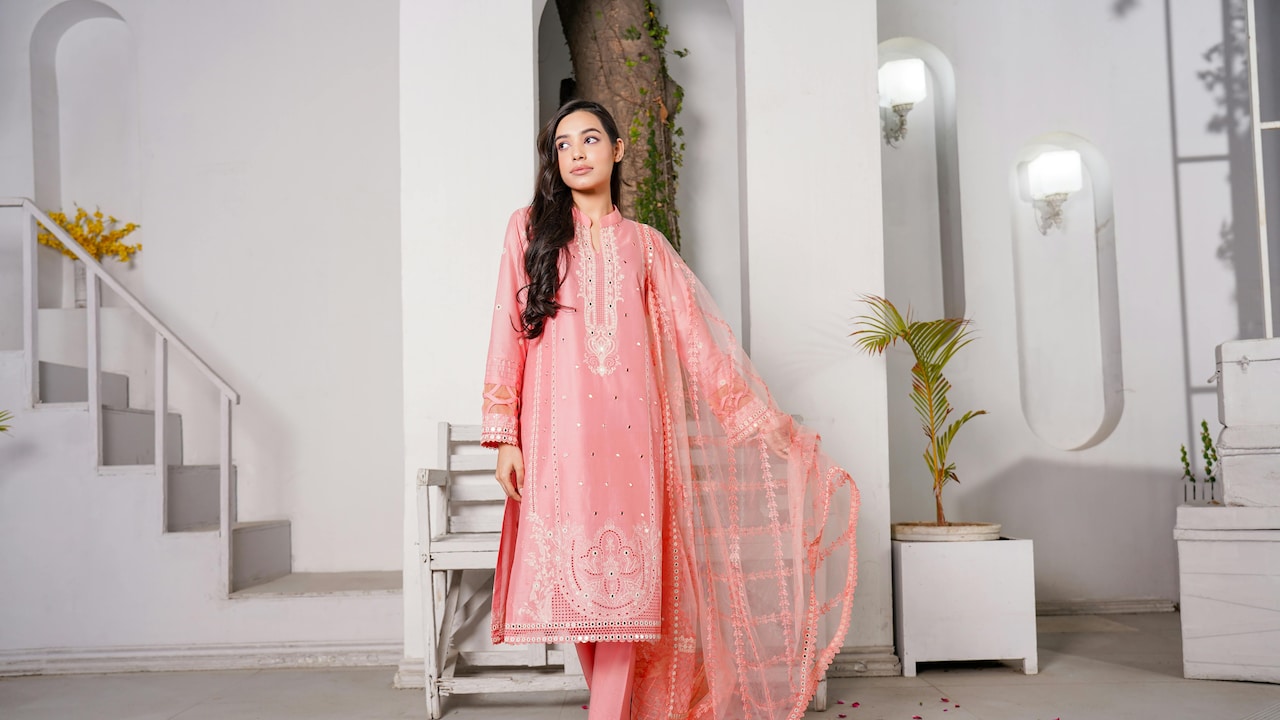
How To Pick Dupattas That Do Not Slip Off During Festive Events; Photo Credit: Pexels
6. Experiment with Draping Styles
Sometimes, it's not the dupatta but the drape that causes trouble. A simple tweak can make all the difference. The classic one-shoulder style works for light fabrics, while the seedha pallu (draped over both shoulders) offers more stability for heavier ones.
For long events, consider pleating the dupatta neatly over one shoulder and pinning it securely at both ends. The Gujarati style, tucked at one shoulder and spread across the front, adds flair and helps distribute weight evenly.
Feeling experimental? Try a belt to hold the dupatta at the waist. It's both trendy and functional. Belts made of fabric or metal have become popular accessories, keeping dupattas stylishly grounded. So, rather than sticking to the same old drape, let your creativity, and your comfort, take charge.
7. Choose Colours That Complement, Not Clash
A beautiful dupatta doesn't just add colour, it balances the entire outfit. Bright hues are festive favourites, but contrast wisely. A bright red dupatta on a sequinned kurta can look too busy, while a pastel shade can bring out elegance without overpowering.
Sometimes, bold colours in matte fabrics stay in place better than shiny ones. Rich shades like emerald green, royal blue, or deep maroon also hide small pin marks or creases. Meanwhile, lighter shades in net or chiffon can highlight every fold, so handling them carefully is key.
Choosing colours that complement your outfit creates visual harmony and subtly influences how confident you feel. After all, when an ensemble looks balanced, there's less fidgeting and more celebrating.
8. Add Functional Accessories
Modern festive fashion has evolved beyond just aesthetics, functionality now has a place too. Accessories like dupatta clips, brooches, and belts can transform how you wear your dupatta.
A delicate brooch on the shoulder not only keeps it in place but adds a royal touch. Magnetic clasps are a great modern alternative to pins, preventing tears in delicate fabrics. If you prefer fusion wear, a statement waist belt can cinch the dupatta stylishly, perfect for sangeet nights or open-air events.
These small touches make a world of difference. The right accessory ensures your dupatta enhances your look rather than demanding attention every few minutes. And let's be honest, it's far more elegant to adjust your jewellery than to chase after a runaway dupatta mid-conversation.
9. Pay Attention to the Weather
Yes, even the weather plays its part. Humidity can make light fabrics cling awkwardly, while dry air may cause static in synthetics. During summer festivities, airy materials like cotton, chiffon, or organza work beautifully, just opt for ones with embroidered texture for grip.
In cooler months, rich fabrics like velvet, pashmina, or raw silk not only keep you warm but stay firmly in place. A heavier dupatta naturally holds its position without much effort.
For outdoor events, where wind becomes a real concern, double up with hidden pins or drape the dupatta across both shoulders. A little planning around the weather ensures you stay comfortable, elegant, and worry-free throughout the celebration.
10. Confidence Is the Final Ingredient
At the end of it all, how you carry yourself makes all the difference. Even the most mischievous dupatta can look graceful if worn with confidence. Walk tall, adjust it once if needed, and forget about it. The less attention you give to fixing it, the less likely it is to bother you.
A dupatta isn't just fabric, it's an emotion. It symbolises elegance, modesty, and the joy of dressing up. So, while it's smart to choose wisely and secure it well, remember that grace comes from within. When you're confident, even the simplest cotton dupatta can outshine the most ornate one.
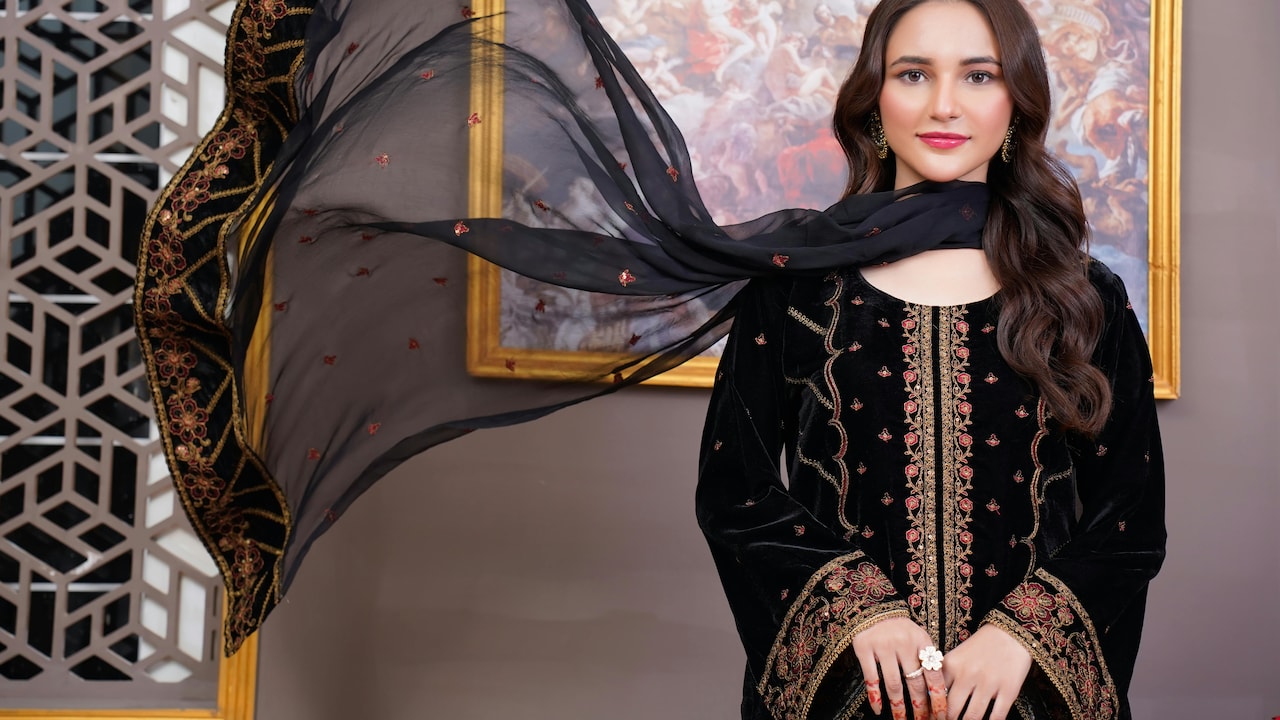
How To Pick Dupattas That Do Not Slip Off During Festive Events
Photo Credit: Pexels
Products Related To This Article
1. Parth Creation Polyester Printed Multicolor Women Dupatta
2. Monvari Cotton Silk Printed, Floral Print Red Women Dupatta
3. Shiv creation Chiffon Solid White Women Dupatta
4. Kemza Pure Cotton Embroidered Gold Women Dupatta
5. Shri Ram Creations Cotton Silk Solid Pink Women Dupatta
6. Nakoda Creation Cotton Blend Solid Multicolor Women Dupatta
7. HYPHORIA Jacquard Woven, Embellished Orange Women Dupatta
Festive dressing is all about celebrating joy through colours, textures, and memories. Yet, comfort and practicality should never take a backseat. A well-chosen dupatta can transform your outfit, and your mood, by letting you move freely and confidently.
From picking the right fabric to experimenting with drapes and clever accessories, every little detail adds up to a look that's beautiful yet effortless. The next time you're heading to a celebration, skip the constant adjustments and focus on what truly matters, dancing, laughing, and creating moments that outshine every bit of glitter around you.
Because when your dupatta stays in place, so does your peace of mind, and that's the real festive glow.
Disclaimer: The images used in this article are for illustration purpose only. They may not be an exact representation of the products, categories and brands listed in this article.













